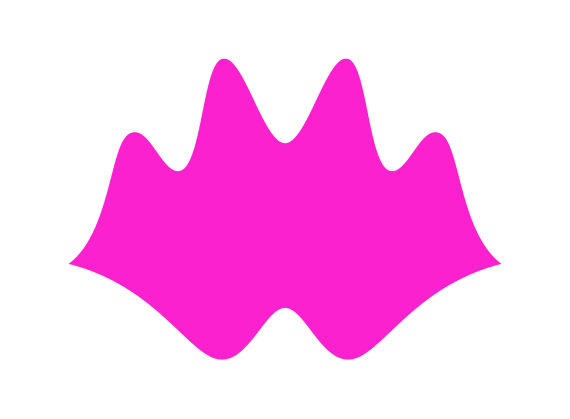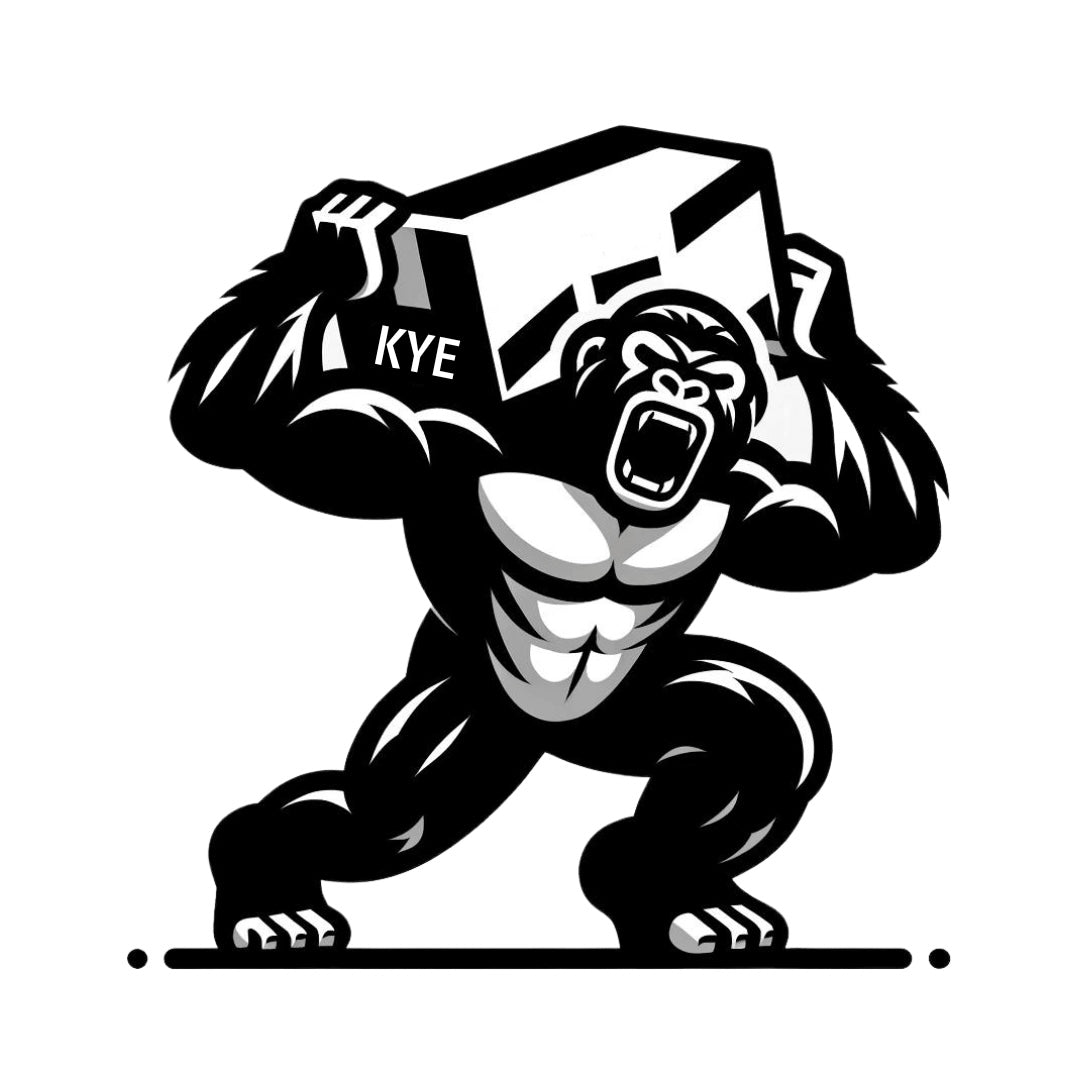Installation Guide
- Tools (minimum)
Cordless screwdriver (with hammer function or additional hammer drill), drill bits: 6 mm for concrete, 2.5-3.0mm for wood, 14mm for plasterboard, screw bits, level, hammer, flat-nose pliers, pencil, eraser, tape, metal angle, level.

-Checking Walls as well as ceiling conditions.
- mostly walls should not be a problem.
- Knock on the ceiling in several areas to check how stable it is. Most ceilings are either concrete, wood or plasterboard with support structure.
If concrete, use 6mm fischer dübels, if wood pre-drill and screw hooks directly into the wood beams, if plasterboard use Kippdübel Fischer KDH 4.
Note: You do not need to install the system to have the desired effect of it. If the building substance is inferior, you would be better building walls from the traps than installing them on walls, for example. They stand on their own.
For example, look at the two studio rooms pictured below. One is an installed system and the other is arranged as a “no install” system. Both rooms are a similar size and with a similar amount of King Kong Bass Traps being added. The results are very similar!
Installed system.

“No install” system.

-Marking Sweet Spot/ listening position with tape (needed to find first reflection positions)
- mark the centre of the short side of the room and the long side measurement multiplied by 0.38.
Aka. L x 0.38
And, W x 0.5
This will leave you sitting 38% down the length of the room from the front wall, central on the width axis.
-If not possible to sit at the optimal listening position of the room, just mark where your chair will be while listening/working.
Note: We actually use the 38% rule for the first acoustic measurement position, and then measure backwards and forwards in increments of 20cm to find the room’s particular “sweet spot”. The monitors should be in an equilateral triangle for this.
-Determine the setup of the traps!
Do it for free with Kiss Your Ears online guides or hire us to help you.
We have created systems to guarantee pro results that even a monkey could use and make them available for you.
The reality is you would need to cover all corners and reflective surfaces before you exhaust the use of this kind of low frequency treatment.
Pre-drilling the back of the traps to fit hooks:

Once you have chosen the positions you will install the traps in your room, you can pre-drill holes for the fittings in the backs of the traps so that the timber does not split.

Pro tip for efficient winding of screw hooks.
The different Trap Position Types and how to install them:
Front corner “towers”. Bass Trap function.
These are the primary bass trapping location in most cases because they are the easiest to install and therefore represent the most low frequency absorption for the least amount of effort.
These can be oriented vertically or horizontally over the vertical corners.
Vertically, they take up less room. Horizontally, they reach lower frequencies more effectively by extending the depth of air gap.

Connect hooks with chain.

Connect hooks with chain.
Wall to ceiling corners. Bass Trap function.
Again, These can be oriented vertically or horizontally over the [horizontal] corners. Connect the hooks on the ceiling to the hooks on the bass trap with chain.


Installed on wall. Early Reflection function.
These can be oriented vertically or horizontally, like any other position.
Note: building “walls” from the absorbers covers both the ERP position AND the BT position.
Pic: example… and another pic explaining my KKPA bottom corner location.


By building walls out of the units (they have enough structure by design) to achieve a larger surface area and therefore absorb a larger splash radius. This also allows the use of air gaps, which is effective. The real bonus here, though, is that by organising the traps in such an array, you will automatically cover the wall to floor corner which is another bass trap function location.
Installed on ceiling. Early Reflection function.
Often referred to as a cloud for no particularly valid reason, this is another early reflection point.






